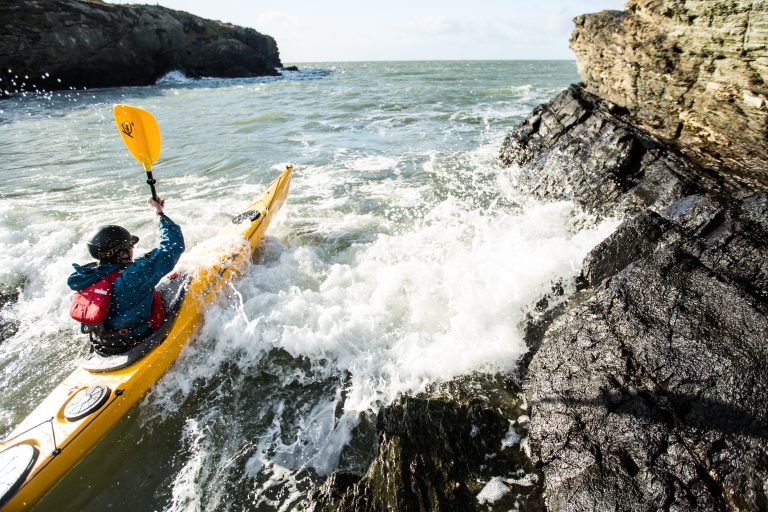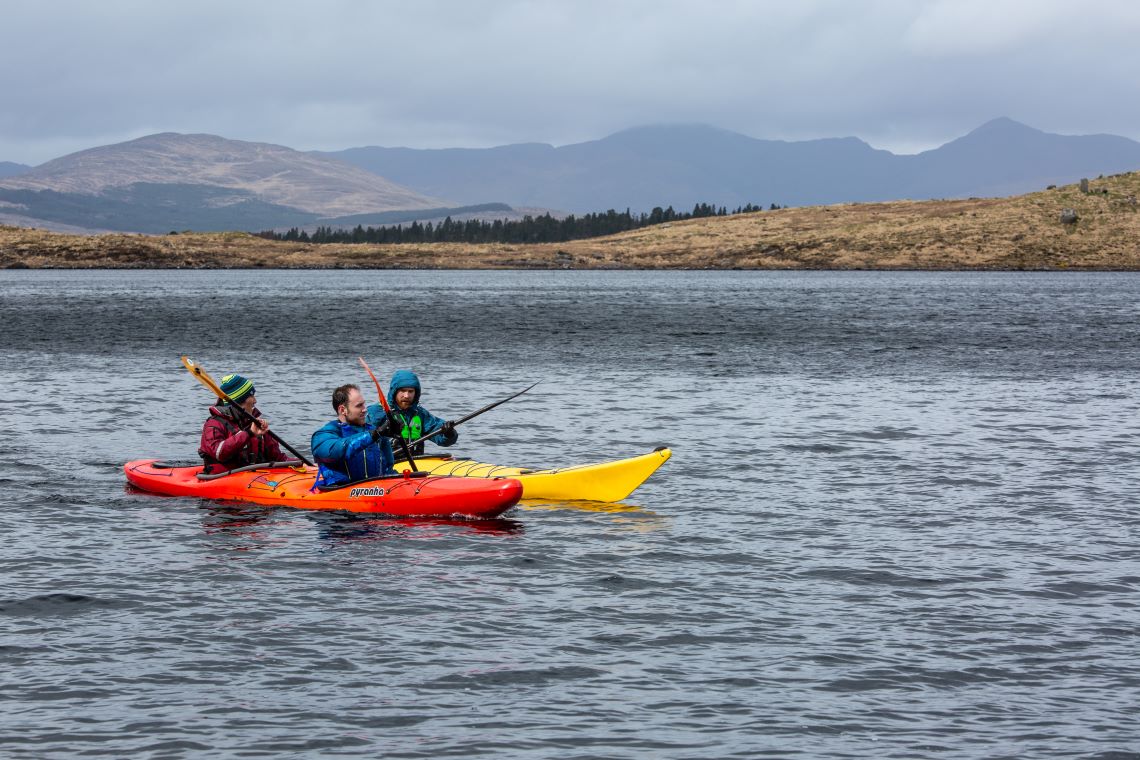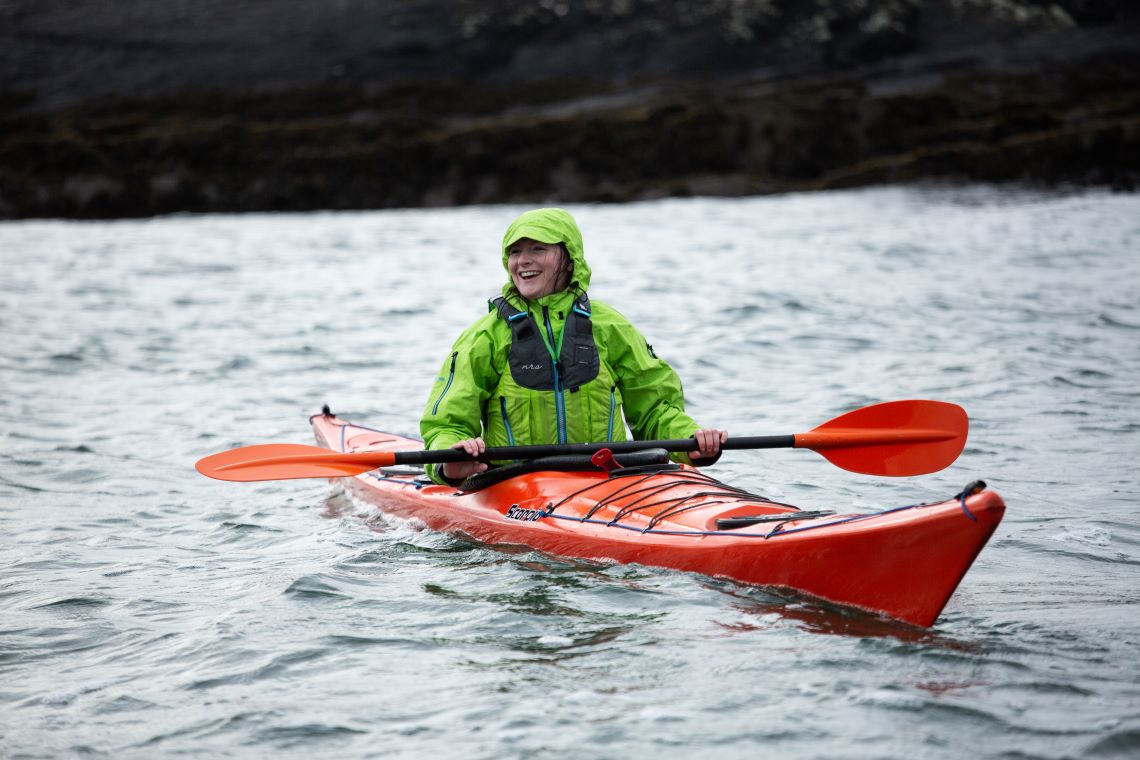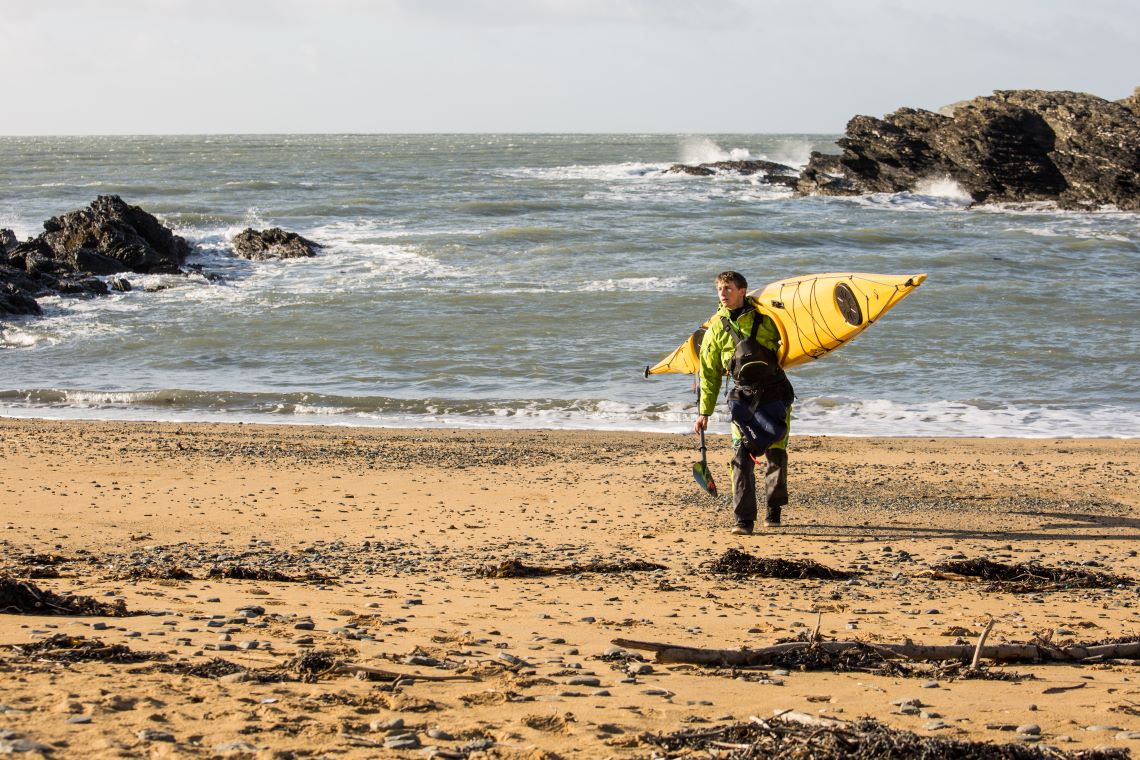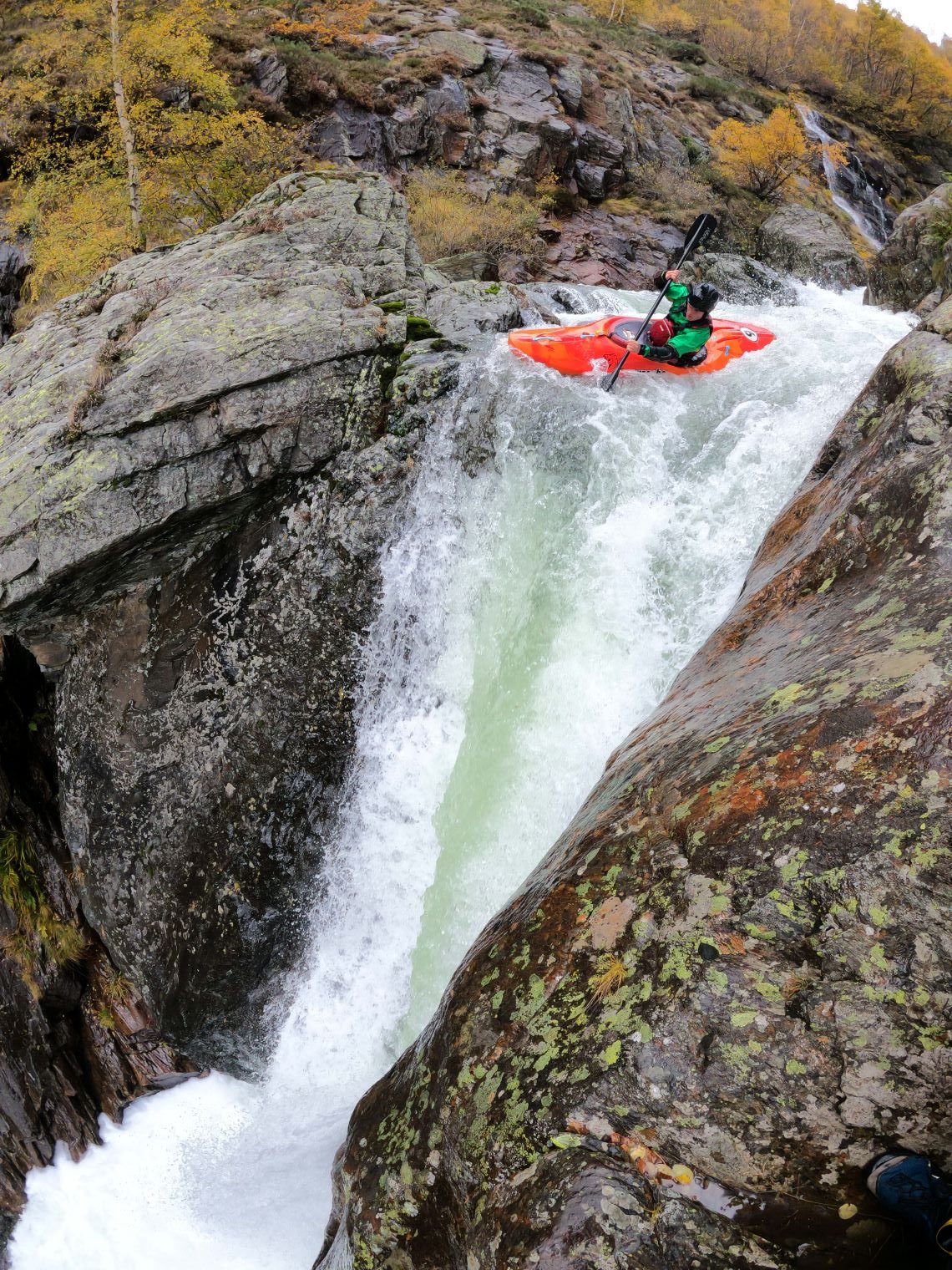Kayaks and canoes are the perfect, eco-friendly way to explore wilder areas of the UK and beyond – but how do you get started? We catch up with Mat Wilkinson of Venture Kayaks, to get the lowdown on boats for beginners
Q: What are the differences between canoes and kayaks?
A: Most usually, a canoe is open-topped and paddled with a single-sided paddle, while a kayak is something you sit inside and paddle with a double-sided paddle; the biggest exceptions are sit-on-top and inflatable kayaks, which tend to be open-topped, but are paddled with a double-sided paddle.
Q: Which is the right beginner’s boat for me?
A: It depends on what adventures you have in mind, how much gear you have, and how many paddlers are coming along. The Venture Ranger 162 open canoe is great for family adventures, while the Pyranha Fusion II is the better choice for individuals who want the flexibility to enjoy a variety of water-based adventures, from moderate whitewater to touring.
Q: What’s the best way to get into boating as a beginner?
A: Booking on to an intro course at a centre or with a professional coach is a great place to start. You could also head out on a guided trip, to give the sport a go.
Another option is to join a canoe club and take part in their pool sessions or group trips. Many clubs will focus on a specific discipline, like whitewater, slalom, racing, canoe polo, or sea kayaking, so it’s important to find a club that suits you.
Q: What equipment do I need to try boating?
A: Not much! Suitable clothing for the weather and water conditions, a buoyancy aid with a reliable means of calling for help, and a boat and a paddle.
Q: What should I wear?
A: A quick-draining pair of shoes with a decent sole that you don’t mind getting smelly. To keep you warm, synthetic thermal base layers or neoprene shorts or a long john wetsuit if you prefer. A waterproof top with a good seal around the wrists will keep out wind and water, and on top of that, you need a well-fitted buoyancy aid.
Q: What should I expect to pay for a beginner’s boat?
A: Our kayaks start at around £750; there are cheaper boats out there, but you’re usually compromising in performance, safety, durability, or all three.
Q: What should I look for when making my purchase?
A: The main pitfalls are found in the second-hand market; beware of buying old kayaks (over 12 years of age) where the plastic may have become brittle, or which may have missing or broken parts that are no longer available.
Other things to look out for are scratches deeper than a millimetre or two, wobbles in the hull, discolouration of the plastic, and loose or deteriorating internal fittings; all of these are signs of a boat past its prime.
Q: Where are the best beginner’s boating spots in the UK?
A: We’re lucky to have an excellent selection of places to paddle in the UK, including myriad bodies of water in the Lake District, Wales, and Scotland, an extensive network of canals and rivers throughout the UK, and of course, stunning coastlines all around our isles.
Q: Where should I avoid taking my boat?
A: Stay away from weirs, fast-flowing rivers, unfamiliar currents or tides, or anywhere where access is restricted (such as reservoirs, or anywhere you’d have to trespass on other people’s land to get to or from the water).
Q: Do I need a special license or permit?
A: A Waterways Licence is required to paddle on some canals and rivers in the UK, and this is most affordable to obtain as part of British Canoeing membership.
Q: What’s your advice to somebody who wants to try boating?
A: Do it! A life of paddling started as a one-off session for me, but after a scattering of additional ‘one-offs’ I realised I was hooked, and now I can’t think of a better way to get away from it all, find peace and quiet, and explore the outdoors from a different perspective.
Click here to start your own paddle-powered adventure!



